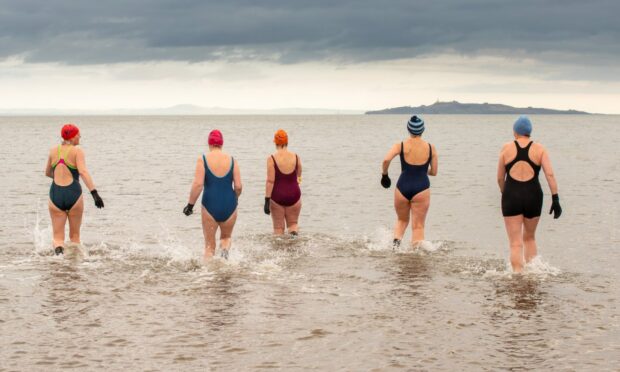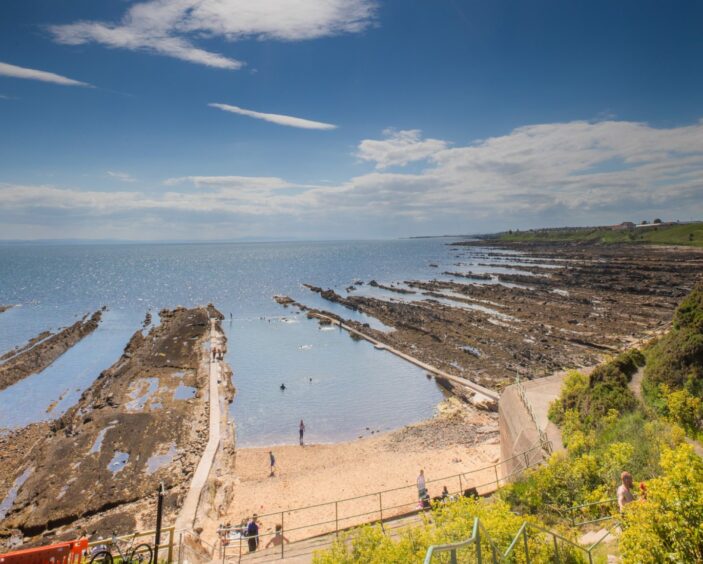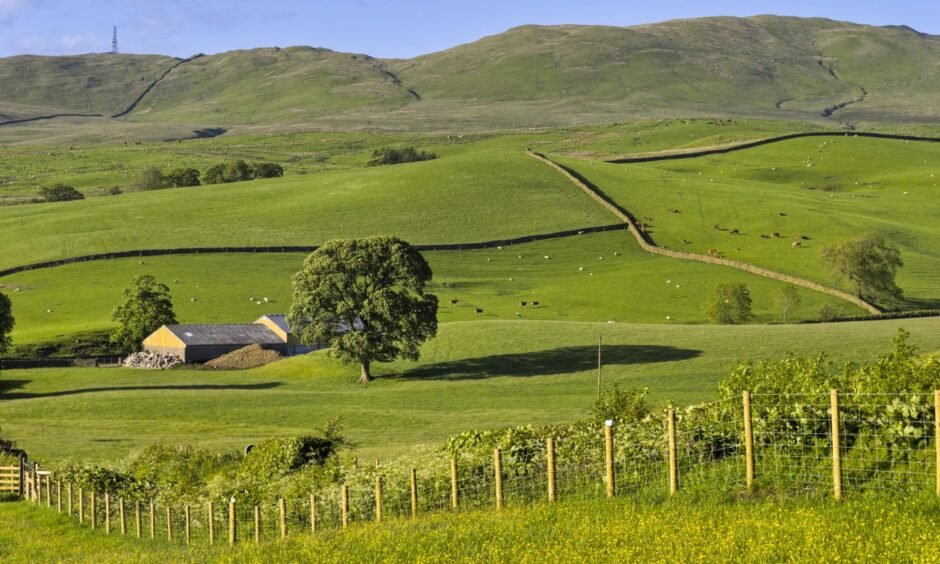Open water swimming and other water-based activities enjoyed a spike in popularity during the Covid-19 pandemic.
The benefit the sports have had on mental health and wellbeing mean the upward trend is likely to continue.
But what are the rules and how can landowners and members of the public avoid landing themselves in hot water?
We asked senior solicitor at Dundee law firm Thorntons Zoe Irving who explained more.
Public Access Rights
The public has always had a de facto ‘right to roam’ the Scottish countryside.
It was the Land Reform (Scotland) Act 2003 and the subsequent Scottish Outdoor Access Code (the code) which clarified the legal basis and regulated the exercise of these access rights.
The code outlines the rights of access, how they should be exercised and the obligations of landowners.
Water-based access
Most people are familiar with public access rights over land and use these regularly but may not be aware that the rights also extend to most inland water.
Generally speaking, the rights can be exercised in canals, rivers, and lochs and extends to adjoining towpaths, embankments, riverbanks, and loch shores.
The rights cannot be exercised where a garden meets the edge of the water or near structures such as dams or canal locks.
A variety of activities can be undertaken by the public, including wild swimming, canoeing, rafting, rowing, sailing and paddle boarding.
The public should pay attention to local byelaws to ensure the activity is not subject to a local prohibition.
Zoe said it is important to note that fishing and shooting are not included within the scope of public access rights.
The public’s responsibilities
Zoe says the right of access should be exercised responsibly.
It is, she added, important to respect the environment and rights of others.
The code specifically advises that in relation to water-based activities, the public should:
- Be alert to the dangers of swimming in open water
- Be mindful of other users
- Not swim in hazardous areas, for example water intakes or spillways
Not pollute the water or surrounding areas and remove all litter - Be mindful that they do not always know the depth of the water
- Respect native wildlife
- Consider whether the location is suitable for the chosen activity.
Landowners’ responsibilities
Landowners in Scotland must manage their land compatibly with public access rights.
Zoe says they must act responsibly and not purposefully obstruct public access.
When managing land, the code advises that landowners affected by water-based activities should:
- Respect the rights of members of the public who exercise their rights responsibly
- Consider erecting signage indicating the safest places to access water
- Work with the local authority to identify safe areas for the public to leave vehicles whilst exercising their rights
- Unreasonable behaviour.
Zoe says there are a number of methods to deal with unreasonable behaviour, from contacting the local authority to phoning the police.
If the public are acting unreasonably on private land, initially, the landowner should ask them to stop.
If their behaviour does not change, the landowner can ask them to leave.
Police Scotland can be contacted to assist if matters escalate.
Local authorities may also be able to assist with a longer-term solution and should be contacted if unreasonable behaviour continues or if the source is unknown.














Conversation